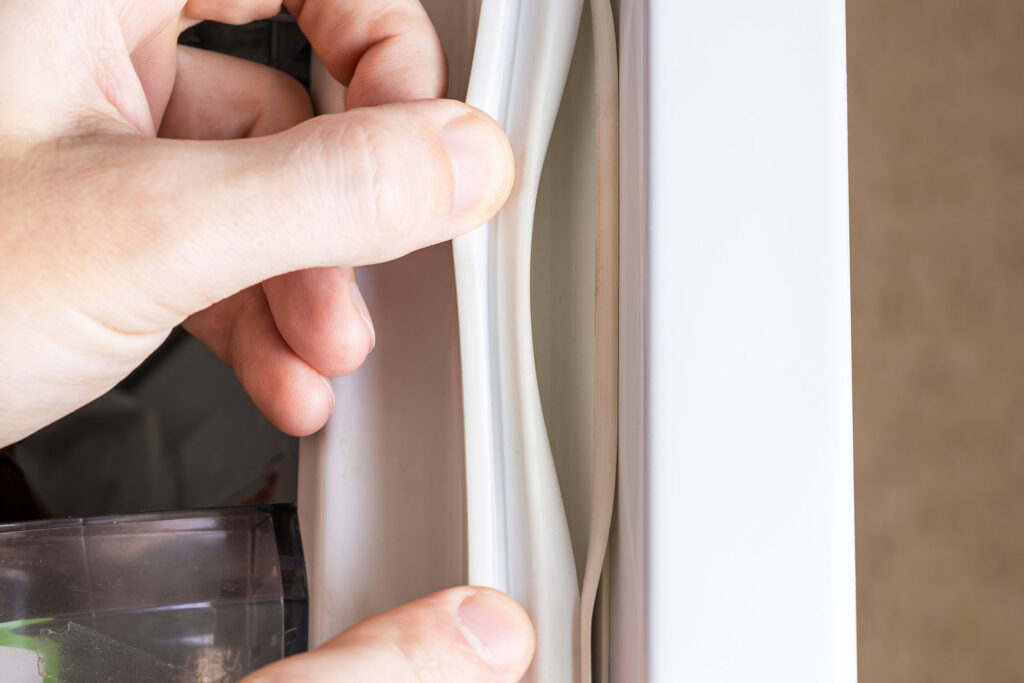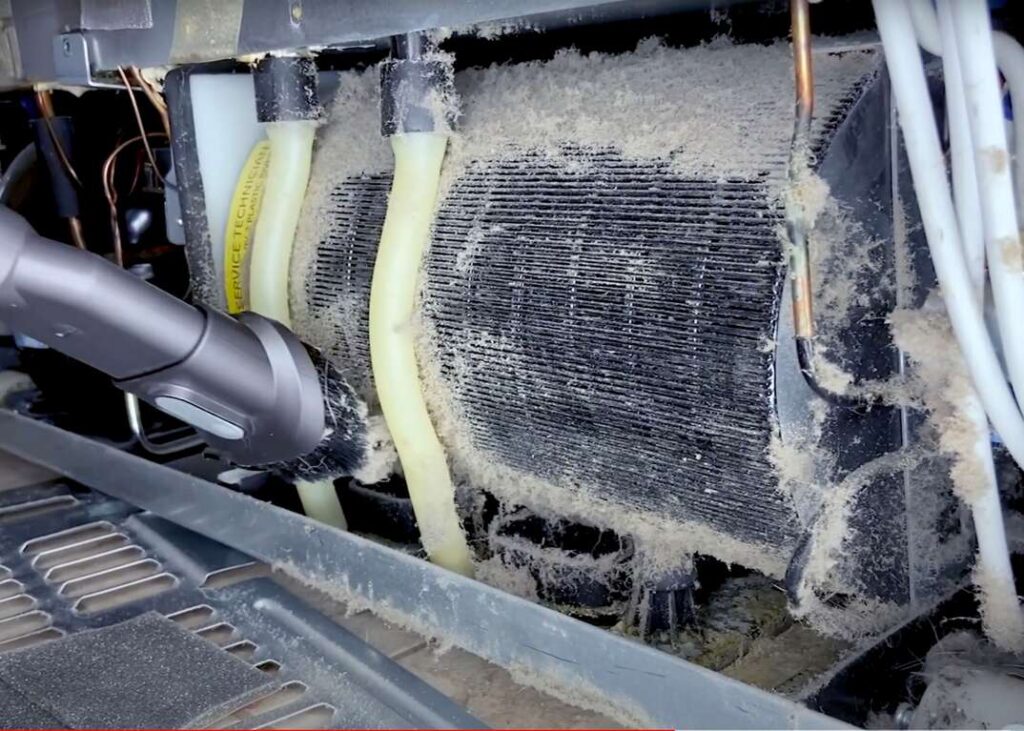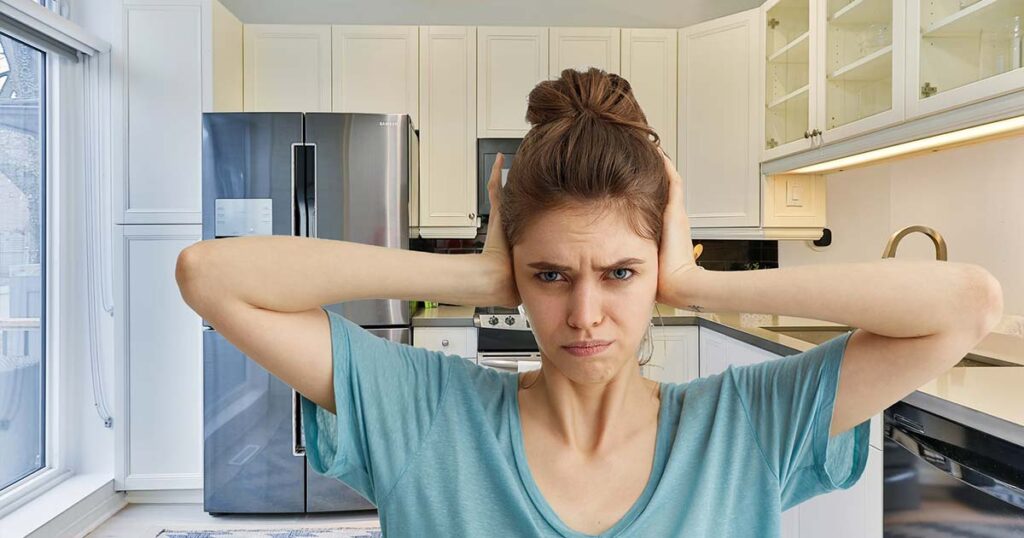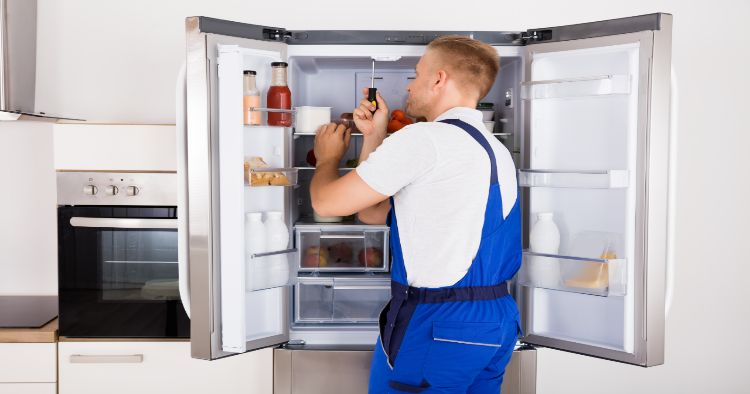A refrigerator that isn’t cooling properly is one of the most common and frustrating appliance issues. When your fridge fails to maintain the right temperature, your food can spoil quickly, causing inconvenience and waste. Understanding the potential causes and knowing how to address them can save you time and money before calling a professional refrigerator repair technician.
Should You Try Fixing It Yourself?
Before diving into repairs, consider your comfort level with appliance troubleshooting. Some issues, like adjusting temperature settings or cleaning condenser coils, are safe and simple to handle. However, problems involving compressors, fans, or electrical components require technical expertise. If you own advanced models such as Whirlpool or Sub Zero refrigerators, it’s often safer to call a certified fridge repair technician near me to avoid causing further damage or voiding warranties.
Tools You May Need for Basic Troubleshooting
If you decide to perform simple checks and maintenance yourself, having the right tools will make the process easier and safer. Common tools include:
- Screwdrivers (Phillips and flathead) to remove access panels
- Vacuum cleaner or brush for cleaning condenser coils
- Multimeter to test electrical components (only if you’re experienced)
- Flashlight to inspect hard-to-see areas
- Soft cloth for cleaning door seals and surfaces
Always unplug the refrigerator before attempting any maintenance or repairs to avoid electric shock.
Step 1: Check the Temperature Settings and Door Seals

Start by ensuring that the temperature settings are correct. Sometimes, settings may be accidentally changed, resulting in improper cooling. Also, inspect the door seals for damage or gaps. Poor sealing allows cold air to escape and warm air to enter, causing the fridge to work harder and struggle to cool.
Step 2: Clean the Condenser Coils

Dirty or dusty condenser coils are a frequent culprit behind cooling failures. Located either at the back or beneath the fridge, these coils dissipate heat. When clogged with dirt, they reduce efficiency and strain the compressor. Cleaning them carefully with a vacuum or brush can improve cooling performance significantly.
Step 3: Listen for the Fans and Compressor

The condenser fan and evaporator fan circulate cool air throughout the fridge. If you notice the fridge not cooling, check whether the fans are running properly. Similarly, listen to the compressor at the back of the fridge. If it’s making strange noises or not running at all, this could be a sign of failure. At this stage, calling a certified refrigerator repair technician is recommended, especially for complex brands like Whirlpool.
Step 4: Inspect the Defrost System
A malfunctioning defrost system can cause frost buildup on the evaporator coils, restricting airflow and reducing cooling efficiency. If you notice frost or ice buildup, this could be the problem. Professional repair services can diagnose and fix defrost timer, heater, or sensor issues.
When to Call a Refrigerator Repair Technician Near You
While some basic troubleshooting steps can be done at home, certain repairs require professional expertise. If your fridge still isn’t cooling properly after these checks, or if you own advanced models like Sub Zero refrigerators, it’s best to contact a skilled fridge repair technician near me. Certified technicians have the knowledge and tools to perform precise refrigeration repair, restoring your appliance’s cooling function efficiently.
Conclusion
A refrigerator that doesn’t cool properly is a problem you don’t want to ignore. By checking temperature settings, cleaning condenser coils, and monitoring fans and compressors, you can often resolve simple issues yourself. However, for more complex repairs, especially involving brands like Whirlpool or Sub Zero, professional fridge repair services ensure reliable and long-lasting results.

